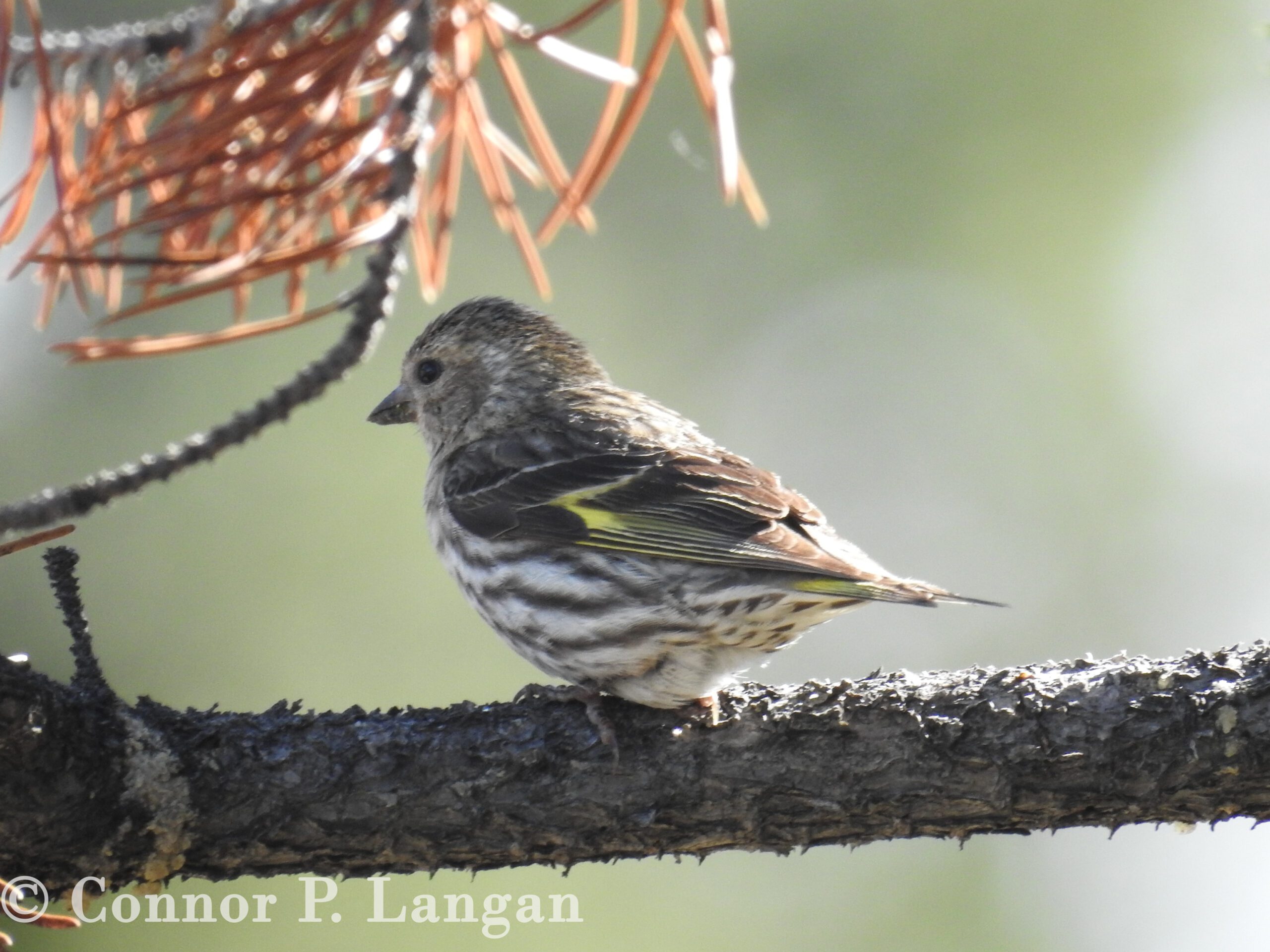There are 8 different types of finches in PA that call the state home. Some finches can be found in the state throughout the year, while some may only visit the state in good numbers during years in which food is scarce in their normal range.
Finches are popular birds because they have colorful plumage and cheerful songs. Additionally, these birders love that they will show up at bird feeders. Pennsylvania is a terrific state to host finches, as the state has plenty of forested lands and is home to thousands of birders that have bird feeders ready for the finches that arrive.
Let’s take a look at the 8 types of finches in PA!
Table of Contents
8 Finches in PA
American Goldfinch
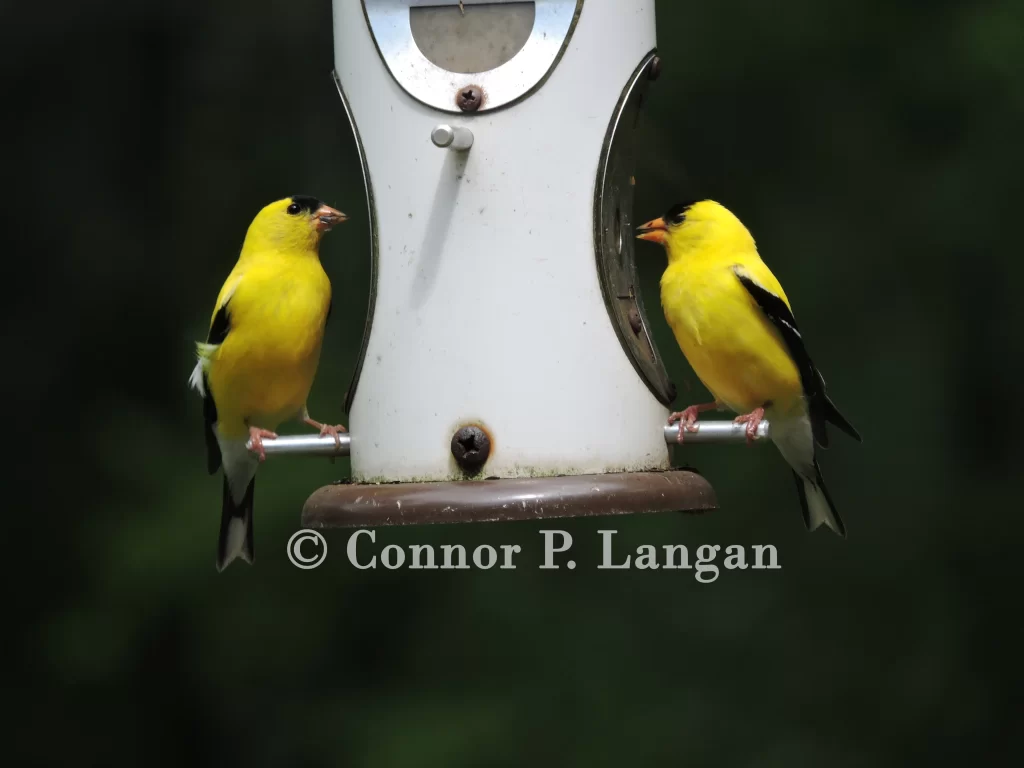
American Goldfinches are the most abundant species of Pennsylvania finch, being a familiar sight in a wide variety of landscapes across the state.
These black and yellow finches in PA can be found in parks, fallow fields, open woodlands, backyards, and more. American Goldfinches do not leave during the winter months, instead remaining in the state in their dull nonbreeding plumage.
American Goldfinches are routine visitors to bird feeders that offer small seeds such as thistle and nyjer.
Common Redpoll
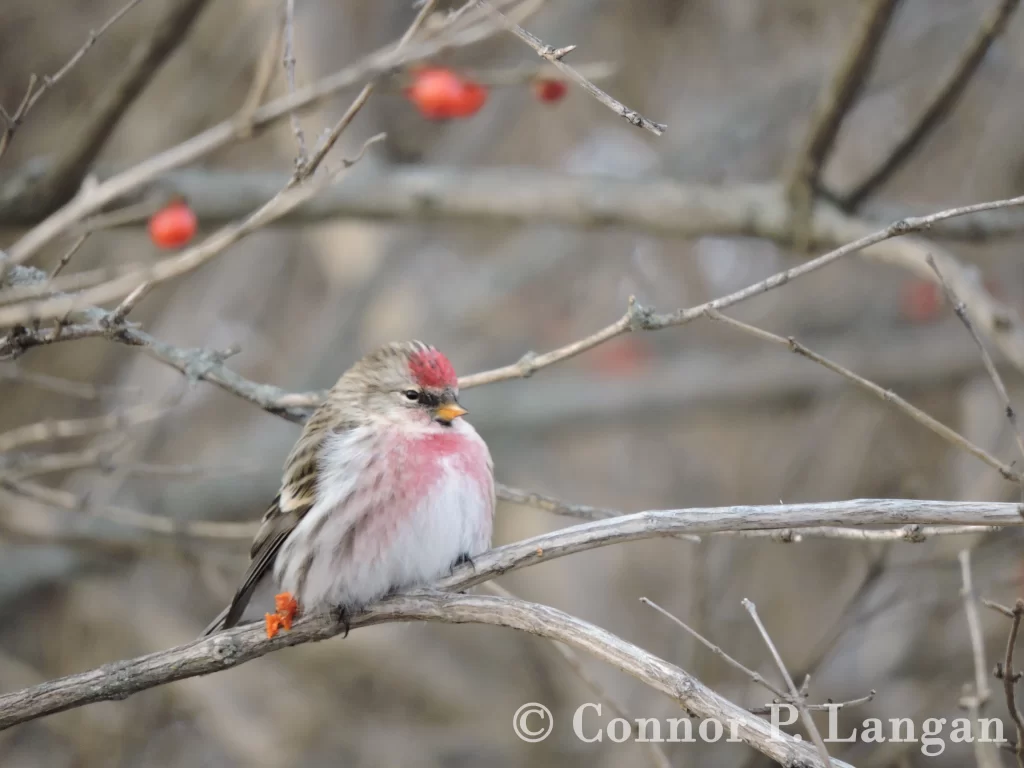
Common Redpolls seem to show up on an annual basis, though some years are far more productive for this species than others. Like many finch species, these red and white PA finches are irruptive, meaning that they may disperse to a wide array of different locations in search of food.
During winters in which food is scarce in the northern parts of their range, Common Redpolls will head south in search of food. During such years, Pennsylvania hosts sizable groups of Common Redpolls. You can attract Common Redpolls to bird feeders where they’ll consume small seeds like thistle and nyjer.
Evening Grosbeak
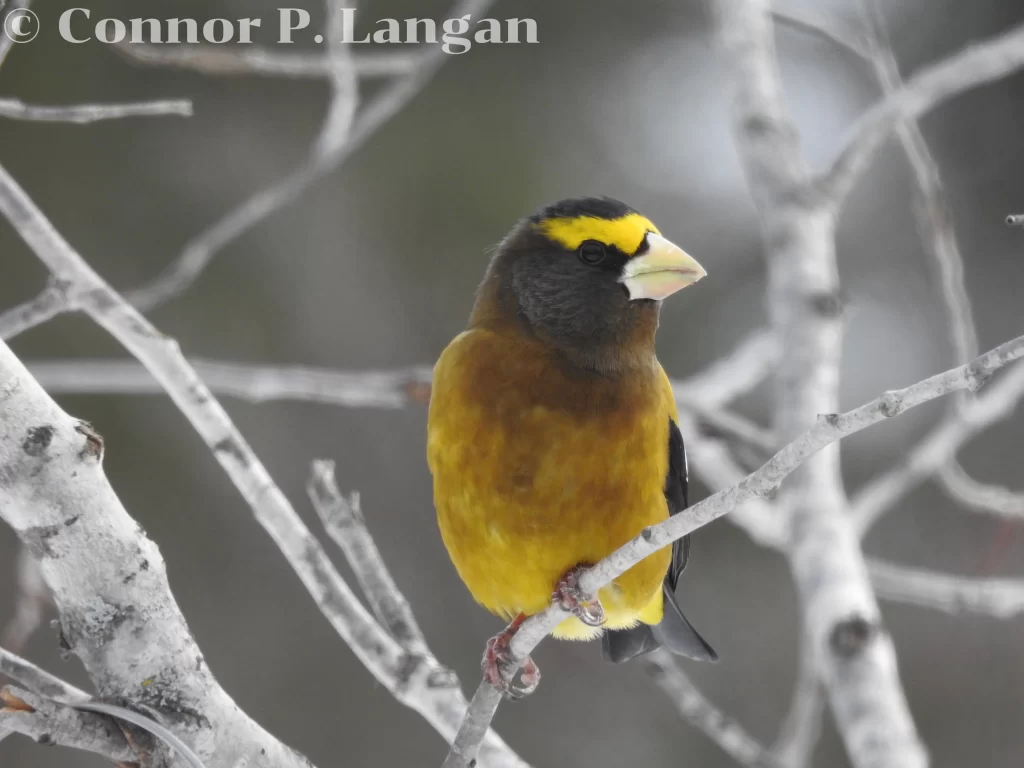
Evening Grosbeaks venture into Pennsylvania during the fall and winter months, vacating the state when the weather starts to warm. The number of these Pennsylvania finches that arrive in the state annually is dependent on the scarcity of food in the northern parts of their range.
Look for Evening Grosbeaks in coniferous or mixed woodlands, parks, and anywhere with bird feeders. This PA finch enjoys consuming a variety of seeds that are offered at bird feeders.
House Finch
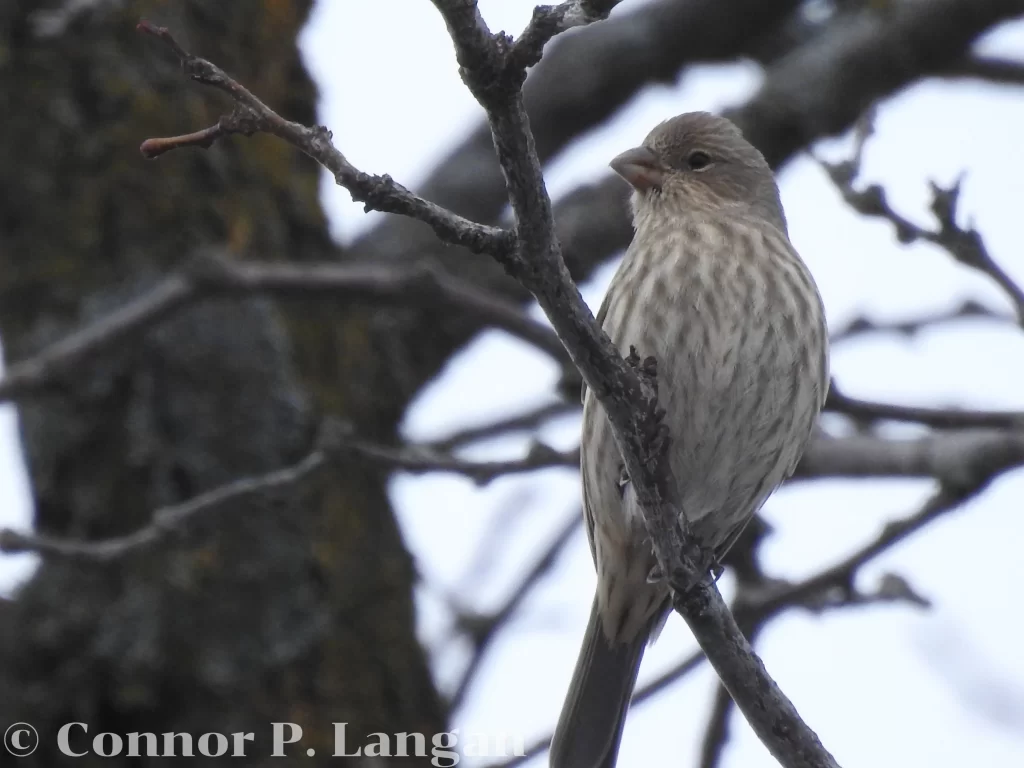
Seeing a House Finch in PA is a common sight. Indeed, House Finches are up there with American Goldfinches as one of the most common finches in Pennsylvania. These birds are not native to the state, though they are native to the American Southwest. A release of a small number of House Finches in New York City in the 1940s set this species up to colonize the East Coast.
Females look a lot like another invasive species in Pennsylvania – the House Sparrow. Therefore, be sure to carefully distinguish between these two birds.
This Pennsylvania finch is comfortable in human-dominated landscapes, so watch for House Finches in suburbs, parks, and backyards where they frequently visit properties that offer sunflower seeds.
Pine Siskin
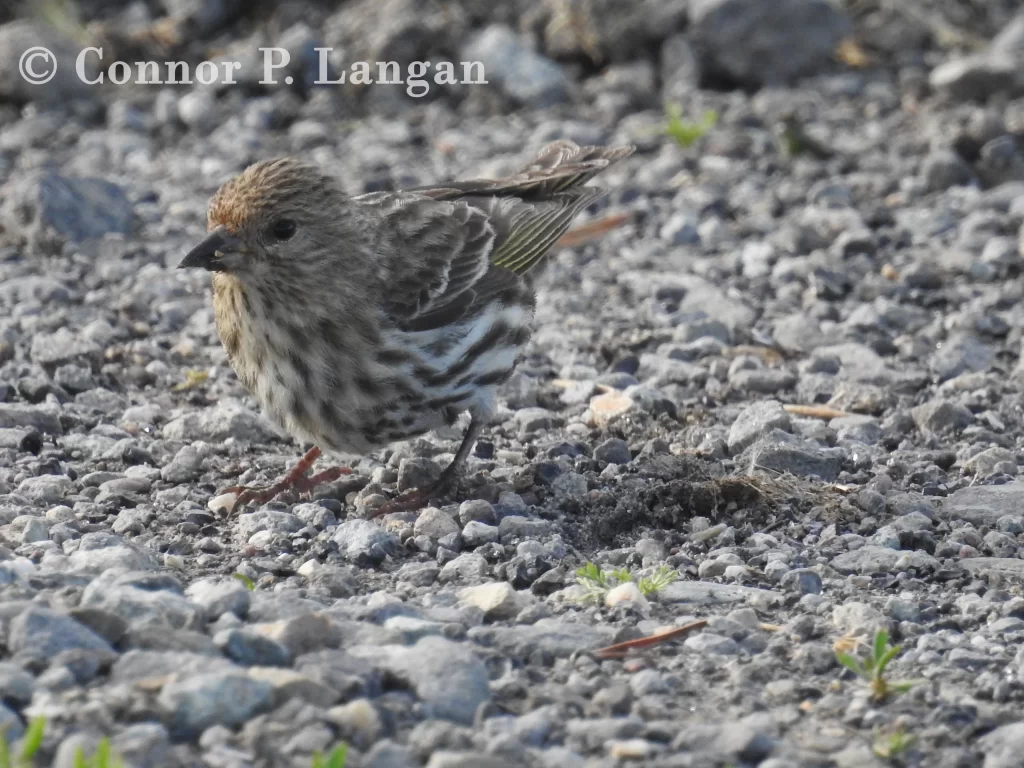
Pine Siskins are one of the more common types of finches in Pennsylvania. Pine Siskins are unlike all other types of finches in PA in that males and females look the same.
These PA finches are particularly numerous in the winter when they travel to the south to feed on seeds offered in urban environments and natural landscapes.
Often a common presence at bird feeders, most Pine Siskins leave Pennsylvania during the summer months, but a small number of these PA finches will linger and reproduce in the state.
Purple Finch
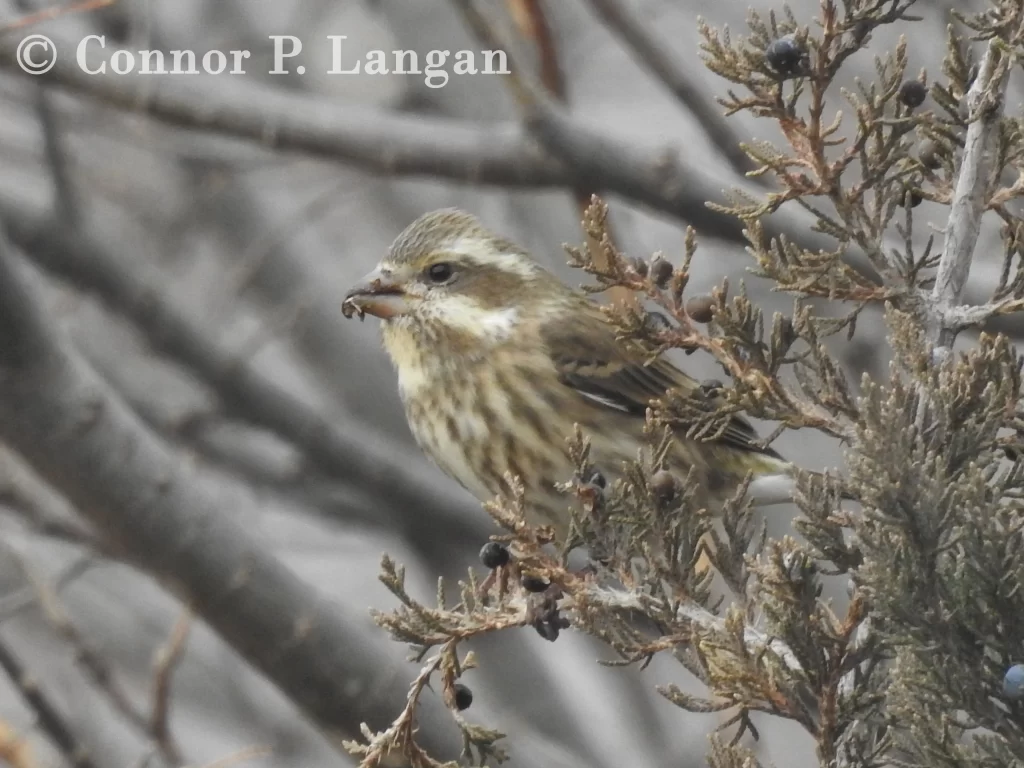
Purple Finches can be found throughout Pennsylvania during the winter, while this species breeds in most of the state during the summer. These Pennsylvania finches are absent from the south-central and southeast portions of the state.
Purple Finches breed in forested habitats throughout much of Pennsylvania. In the winter, these finches of PA may live in suburban areas where bird feeders with food are plentiful.
Red Crossbill
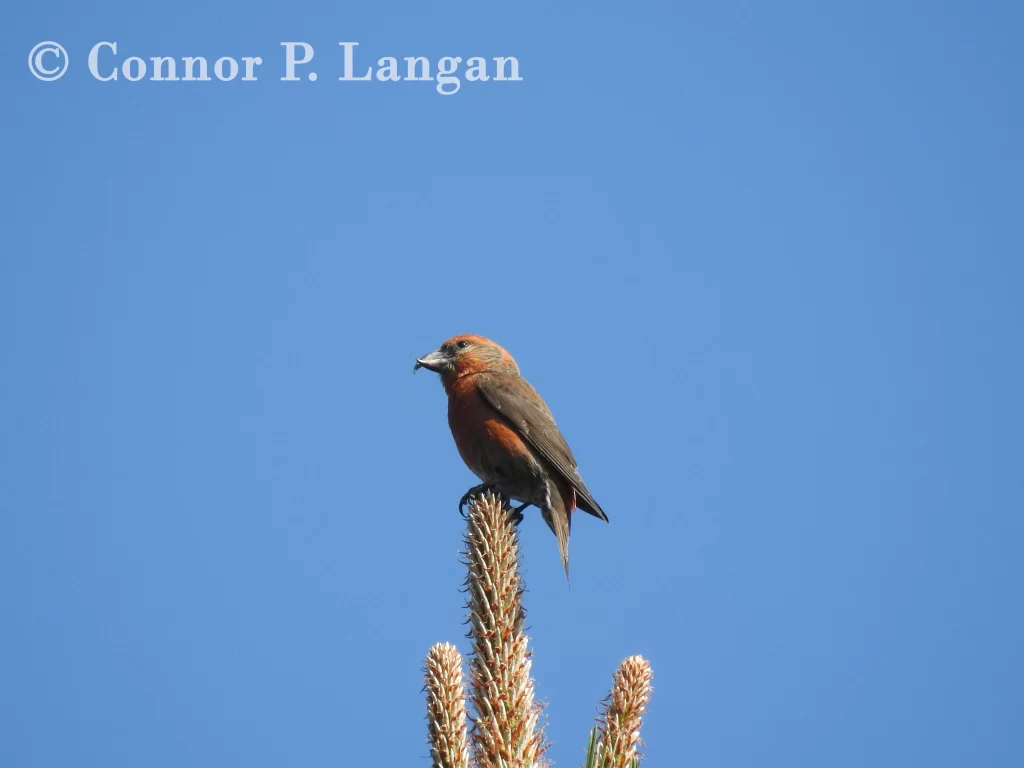
Red Crossbills can be found in Pennsylvania during the winter months. There are some years in which these finches of Pennsylvania are more common than others, as Red Crossbills are highly irruptive based on the number and quality of cone crops in the coniferous forests of Canada.
Some Red Crossbills may linger in Pennsylvania during the summer, but most will move on to breed in coniferous forests in more northerly locales. These Pennsylvania finches seldom visit backyards for bird seed, but they may feed in coniferous trees that are present in urban environments.
Conservationists recognize that Red Crossbills are declining in Pennsylvania, and this has prompted some to survey these special birds the state.
White-winged Crossbill
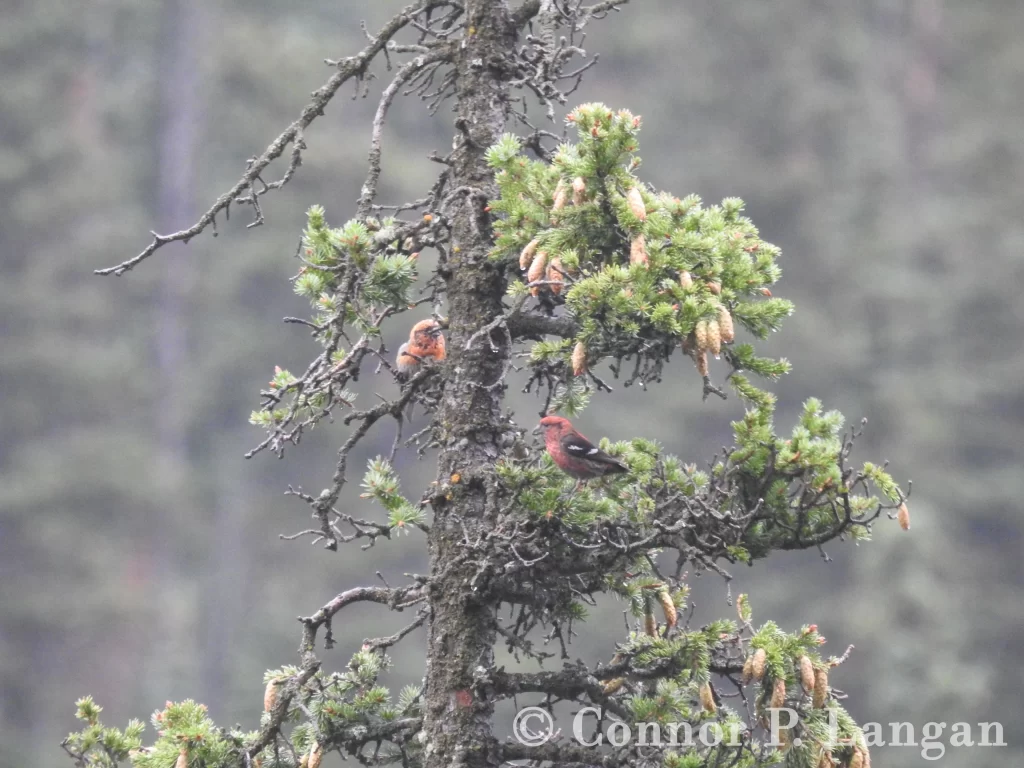
White-winged Crossbills are one of the more uncommon species of finches in PA. These finches of Pennsylvania venture here during the winter months. There are some years in which thousands of White-winged Crossbills will venture into Pennsylvania, while they may be nearly absent from the state in other years.
White-winged Crossbills, like Red Crossbills, are rare visitors at bird feeders. Here, these two crossbills can be readily separated by examining the white patches on these bird’s wings.
Instead, watch for this finch in PA to forage in coniferous trees in cemeteries or shelterbelts rather than bother feeding in backyards.

